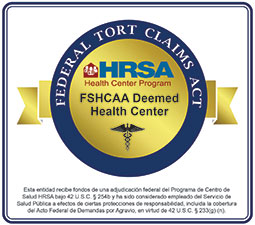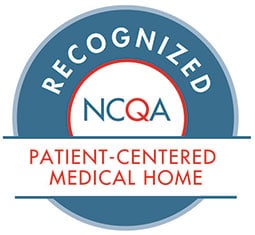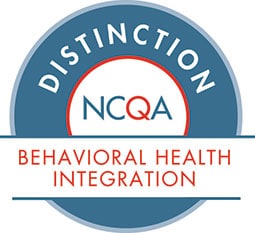Eye Exams Are Critical to Early Educational Success
Guest post by Jon Stoppel, Optometrist
Before your child starts school, you try to make sure all the building blocks are in place: they know their ABCs, 123s, colors, shapes, etc. You buy the backpack and the lunchbox and the perfect first day of school outfit. But did you make an appointment to see your optometrist? If not, you could be missing a crucial step in ensuring your child’s success.
“Eighty percent of learning happens through sight,” says Jon Stoppel, an optometrist with Overland Park and Gardner, Kan.-based Drs. Hawks, Besler, Rogers and Stoppel. “If a child is having difficulties seeing, then comprehension is secondary. Clearing up their eyesight needs to be a top priority.”
If a child can’t physically see information clearly, learning can cease to happen, Stoppel says.
Common vision problems found in children that can impede learning include:
- Hyperopia (far sightedness)
- Myopia (near sightedness)
- Astigmatism
- Asymmetry in sightedness between eyes, which can cause amblyopia (lazy eye)
- Muscle coordination issues such as esotropia (crossed eyes or eye) or exotropia (turned out eyes or eye)
- Accommodative issues such as lack of focusing or delayed focus while reading or transitioning from near to far vision
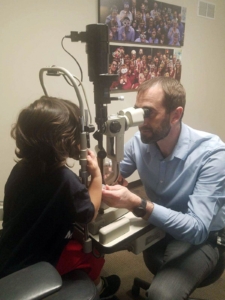 “Studies show that 20 percent of children entering kindergarten in the U.S. have vision problems,” Stoppel notes. “And that number jumps to 30 to 40 percent by high school.”
“Studies show that 20 percent of children entering kindergarten in the U.S. have vision problems,” Stoppel notes. “And that number jumps to 30 to 40 percent by high school.”
In fact, he added, 60 percent of adults in literacy programs have vision problems.
Academics aren’t the only concern with undiagnosed and untreated vision problems either. Many children who can’t see well enough to learn at the same rate as their peers begin to exhibit behavioral issues as well.
“Not to be alarmist,” Stoppel says,” but 70 percent of juvenile delinquents have vision issues.”
Literacy Rates and Prison Populations
He went on to detail how certain states use literacy rates to predict future prison populations. For example, in Indiana officials factor in 2nd grade reading rates; analyses in Ohio, Texas and Florida take into account reading rates in 3rd grade; and California uses 4th and 9th grade literacy statistics to predict rates of incarceration.
However, educational success and the overall health of a child are Stoppel’s top concern.
“We also make sure the eye is healthy and working properly for the age of the child,” he says. “We run tests to rule out congenital cataracts, glaucoma and retina issues that aren’t commonly seen but can happen at all ages and can greatly affect future sight.”
If your child will be starting school next August, there’s no better time to schedule an eye appointment than the present. And if you’re child’s already started school but hasn’t visited an optometrist, it’s never too late. It’s a quick, painless visit, and it brings with it the knowledge that your child can see well enough to learn well.
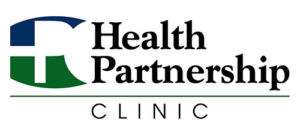


 Please join us in a day of workshops, conversations, and activities surrounding key health resources available right here in our community, free of charge!
Please join us in a day of workshops, conversations, and activities surrounding key health resources available right here in our community, free of charge!

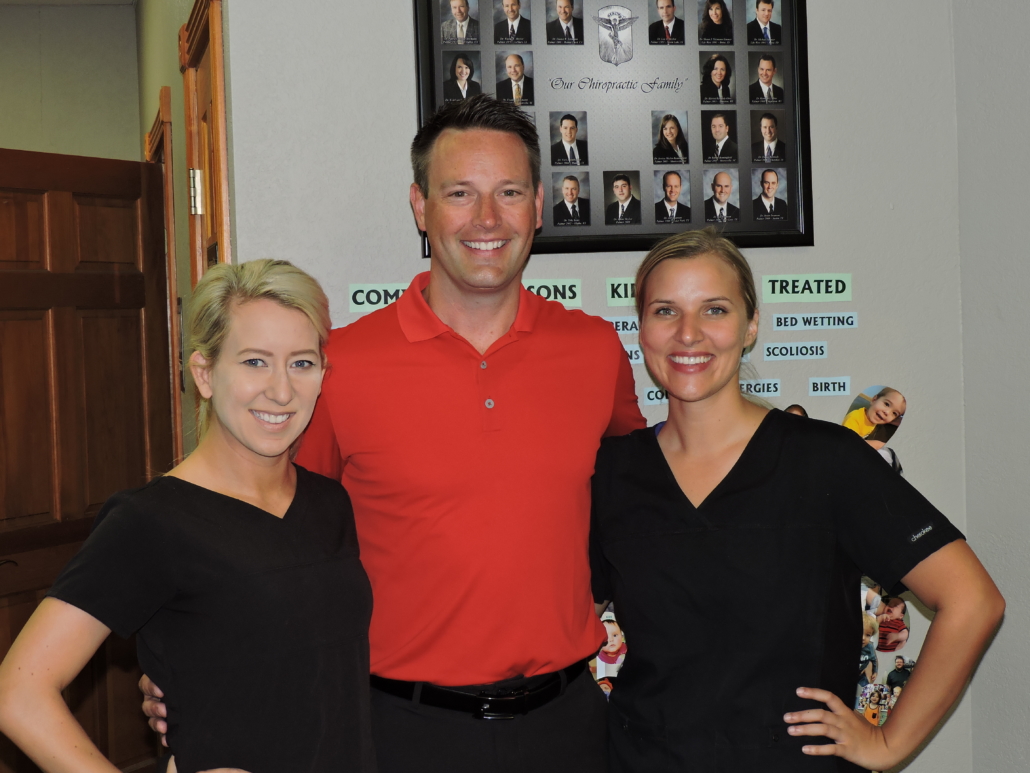 Sleep: Early to bed, early to rise, makes a man healthy, wealthy and wise. On average, seven to nine hours defines “normal” deep sleep every night. Calm your mind, get your body into a routine and sleep in the proper positions. Sleeping on your back is the best and side sleeping is fine (if done correctly). Stomach sleeping, however, is never correct!
Sleep: Early to bed, early to rise, makes a man healthy, wealthy and wise. On average, seven to nine hours defines “normal” deep sleep every night. Calm your mind, get your body into a routine and sleep in the proper positions. Sleeping on your back is the best and side sleeping is fine (if done correctly). Stomach sleeping, however, is never correct!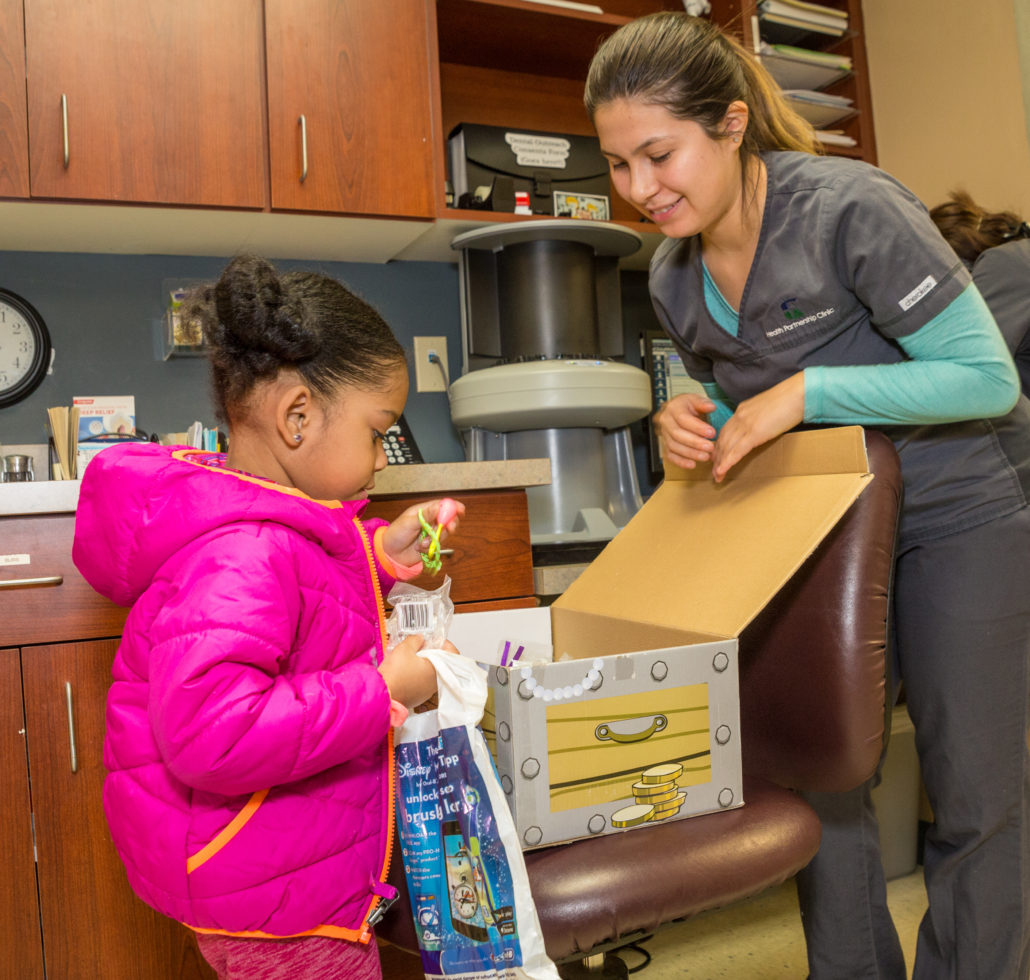 Author: Stephanie Rojas Dental Assistant and Patient
Author: Stephanie Rojas Dental Assistant and Patient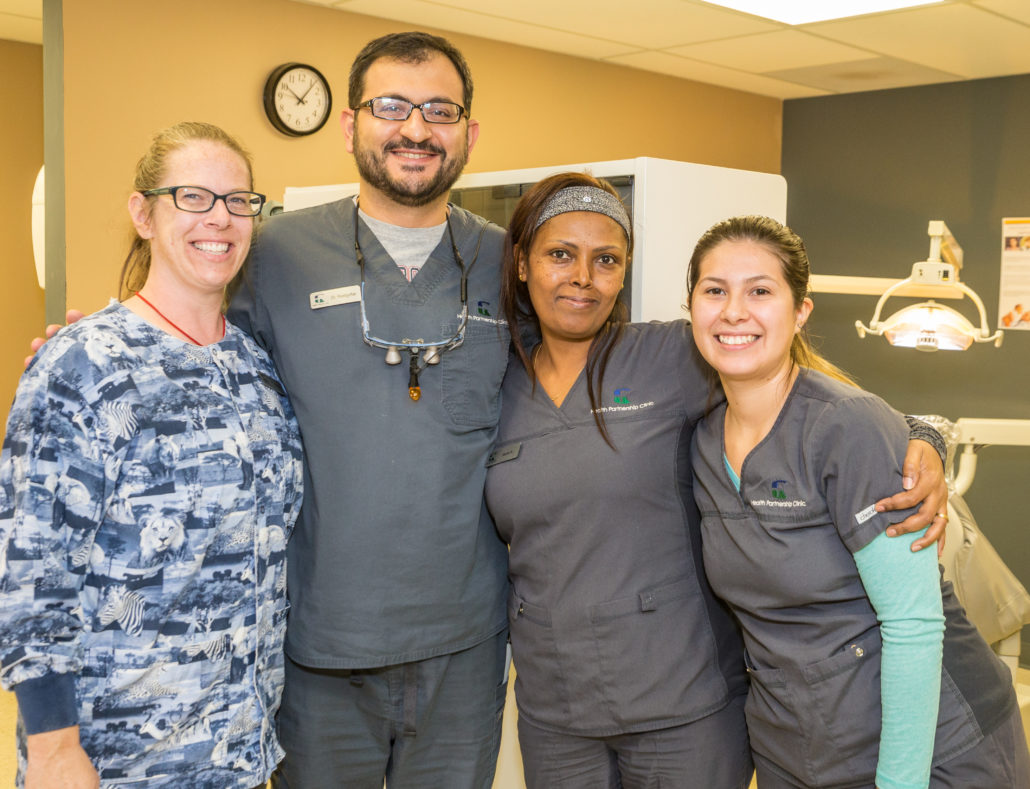
 Post written by Sallie Page-Goertz, APRN | Medical Director Reach Out and Read KC
Post written by Sallie Page-Goertz, APRN | Medical Director Reach Out and Read KC Every time we talk, sing, read and cuddle our babies and young children, healthy connections are being made in their brains.
Every time we talk, sing, read and cuddle our babies and young children, healthy connections are being made in their brains.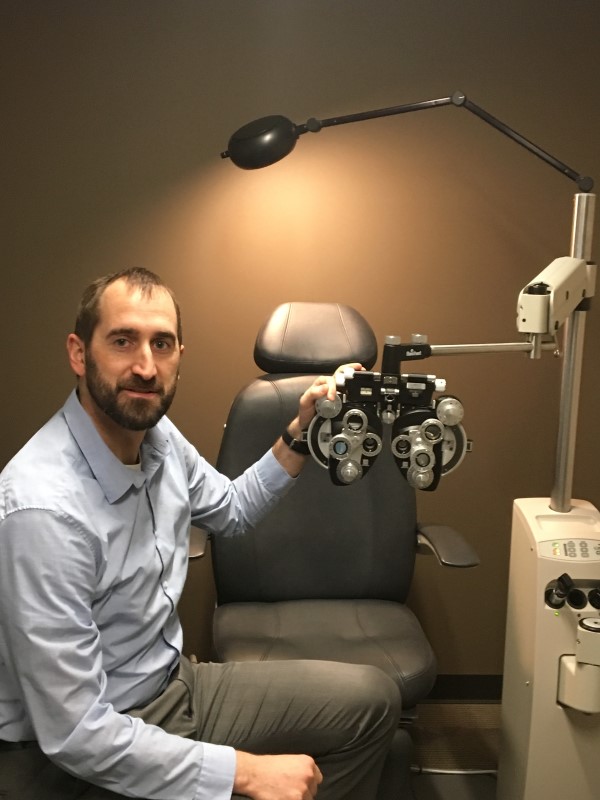 A diabetes diagnosis can affect many aspects of your life–your hands, your feet, and yes, your eyes.
A diabetes diagnosis can affect many aspects of your life–your hands, your feet, and yes, your eyes.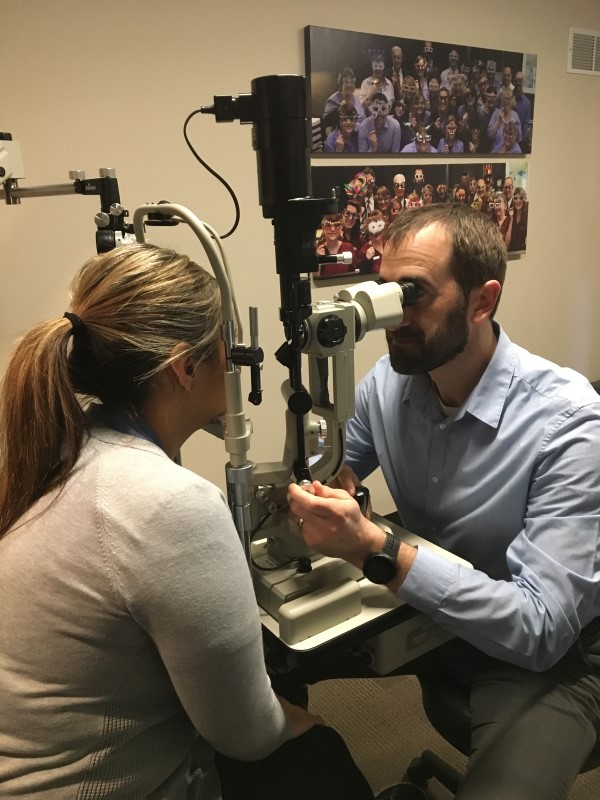 “If you can keep or reduce your hemoglobin A1C under 6.5 percent, in conjunction with lowering or maintaining your blood pressure in a normal range [under 120/80] you can limit the stress on your peripheral vascular system,” Stoppel adds. “By eating healthy and with regular exercise, you can greatly reduce the effects of vision changes due to diabetes.”
“If you can keep or reduce your hemoglobin A1C under 6.5 percent, in conjunction with lowering or maintaining your blood pressure in a normal range [under 120/80] you can limit the stress on your peripheral vascular system,” Stoppel adds. “By eating healthy and with regular exercise, you can greatly reduce the effects of vision changes due to diabetes.”
